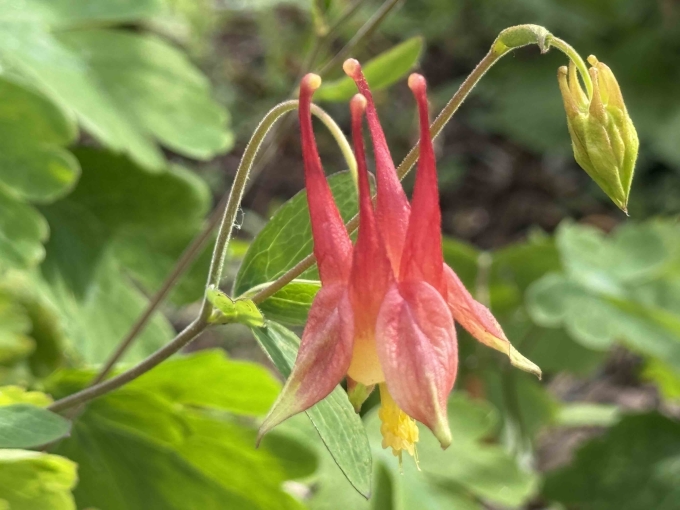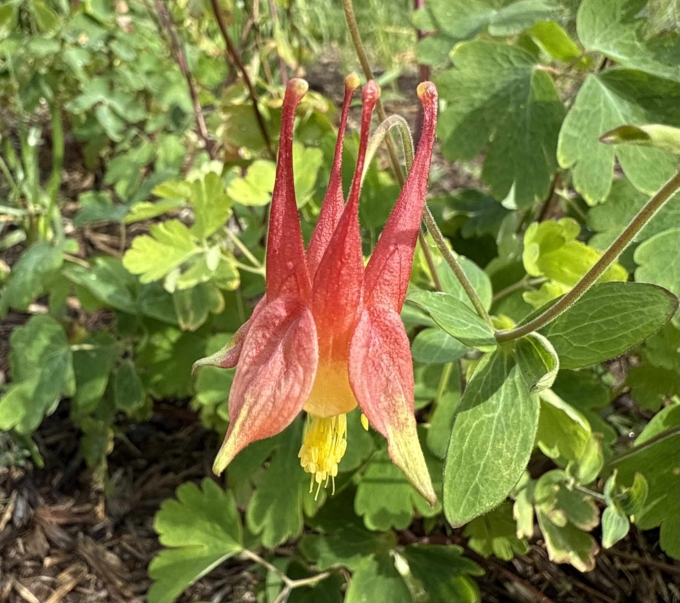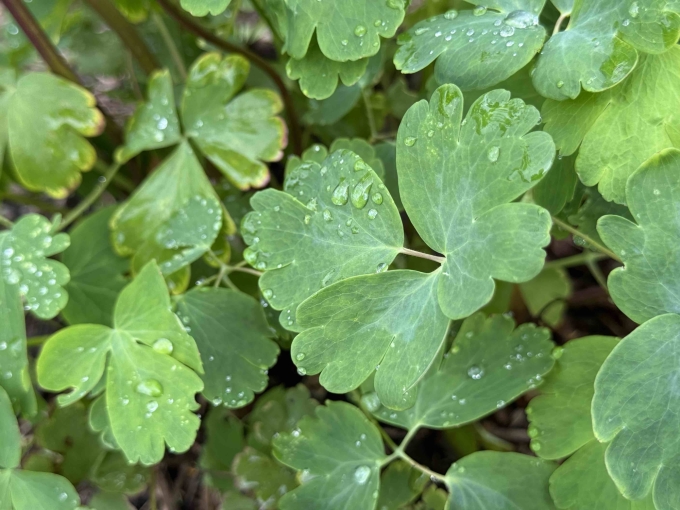Common Name: Red Columbine
Family: Ranunculaceae
Plant Type: Herbaceous Perennial
Native Range: Eastern and Central North America, including parts of Nebraska
Hardiness Zones: 3–8
Height: 2.0 to 3.0 feet
Spread: 1.0 to 1.5 feet
Bloom Time: April to May
Bloom Description: Nodding, bi-colored flowers in shades of red and yellow
Sun Exposure: Full sun to part shade
Water Needs: Medium
Soil Preference: Well-drained, rich or sandy soils
Management Level: Medium
Suggested Use: Naturalize, woodland edge, pollinator gardens
Attracts: Hummingbirds, bees, butterflies
Tolerates: Deer, rabbits, drought, dry soils
Notable Features: Distinctive spurred flowers, long bloom period, ornamental foliage
Nebraska Growing Notes:
Red columbine is a hardy native wildflower that brings early spring color to Nebraska gardens. It thrives in partial shade but tolerates full sun when moisture is sufficient. Often found along woodland edges, rocky slopes, and in open prairies, it adapts well to a variety of soil types as long as drainage is good. Plants readily self-seed and can form loose colonies over time—ideal for naturalizing in low-maintenance or semi-wild areas.
While it prefers consistently moist soils for lush foliage, columbine is fairly drought-tolerant once established. Its vivid, nectar-rich blooms are an early-season magnet for hummingbirds and other pollinators.
Landscape Use:
Red columbine adds charm and color to pollinator gardens, shaded borders, woodland gardens, and cottage-style landscapes. It's especially effective in transitional areas between sun and shade and along trails or garden edges. Flowers make excellent early-season cut blooms, while the delicate foliage adds texture to mixed plantings through early summer.
Caution:
May go dormant in midsummer, especially in hot, dry conditions. Cut back fading foliage to encourage fresh regrowth. Self-seeding can be abundant, deadhead flowers if you wish to control spread.
Garden Locations:
4, 5



